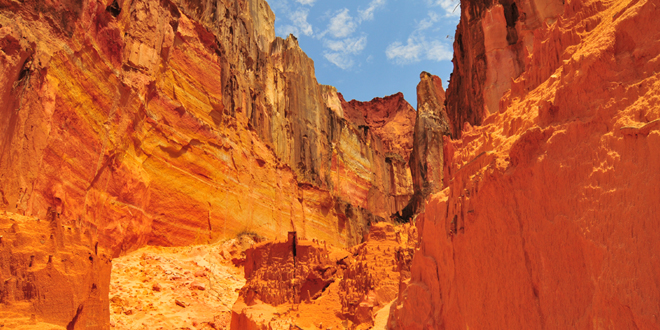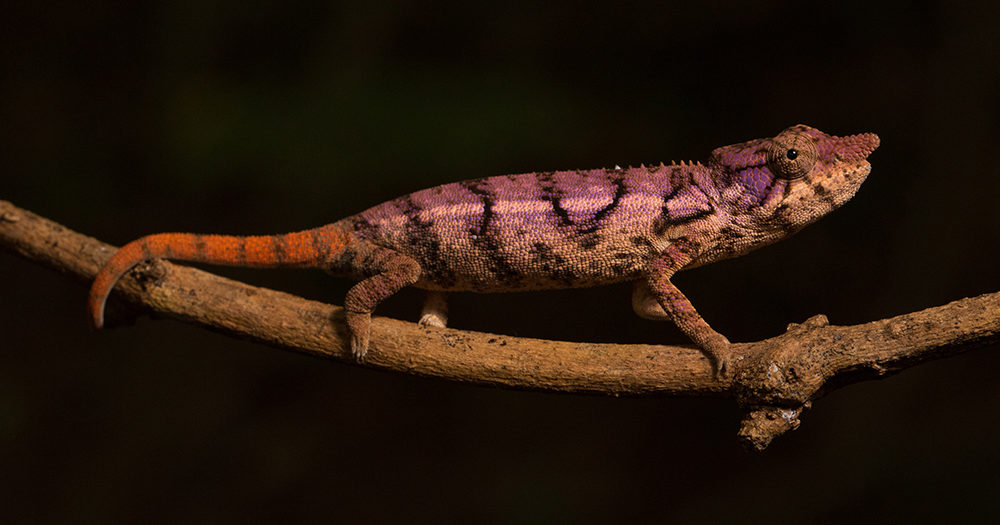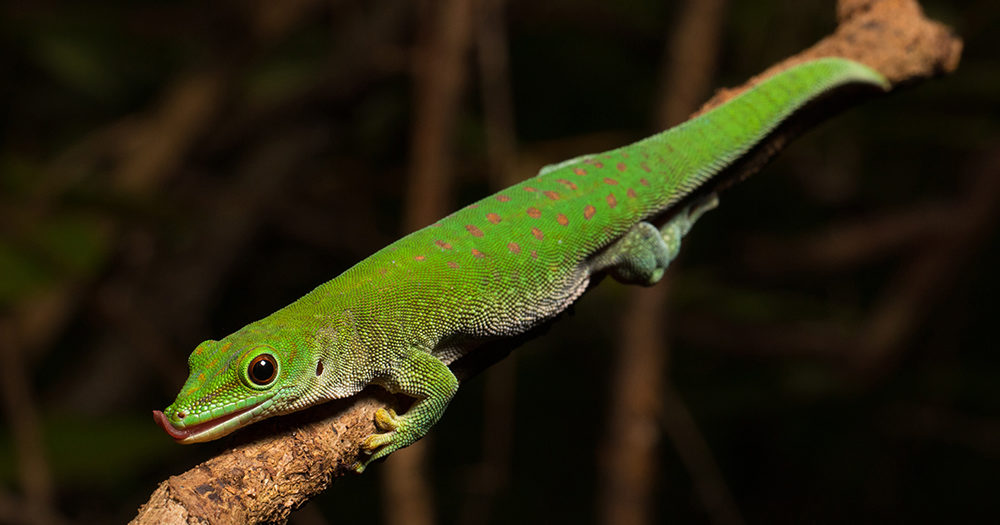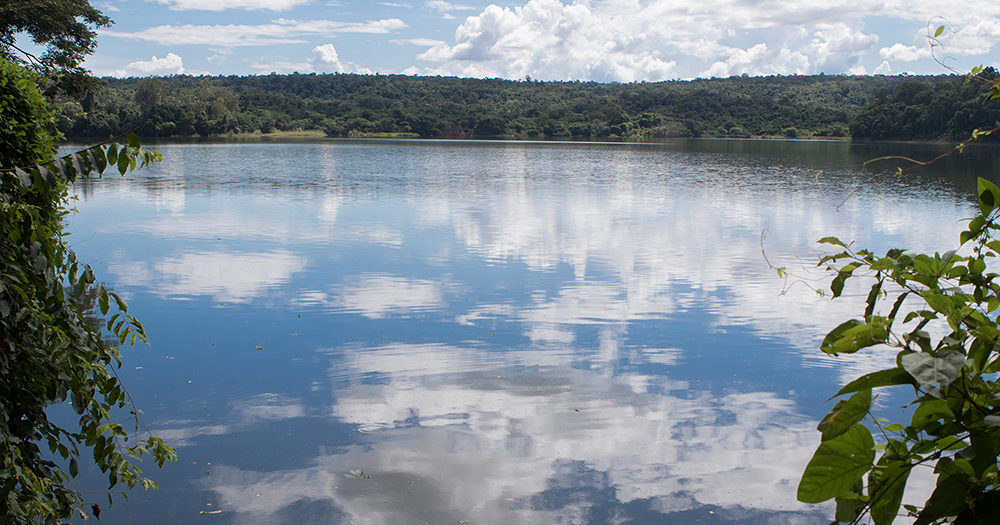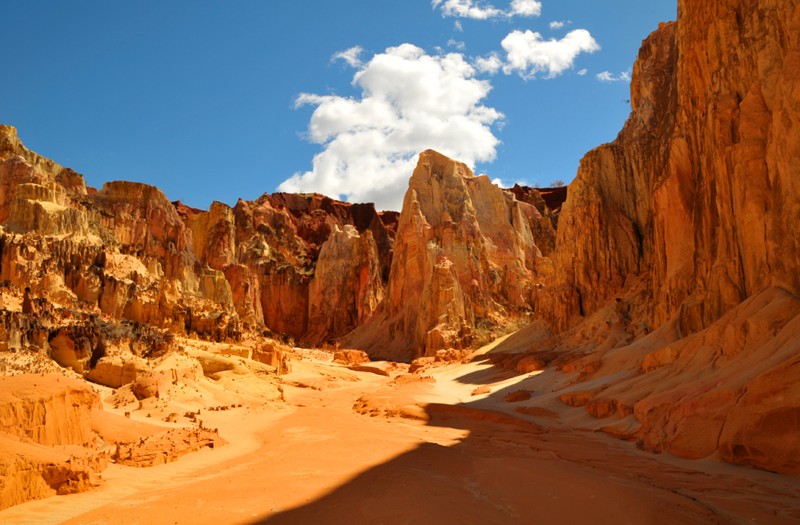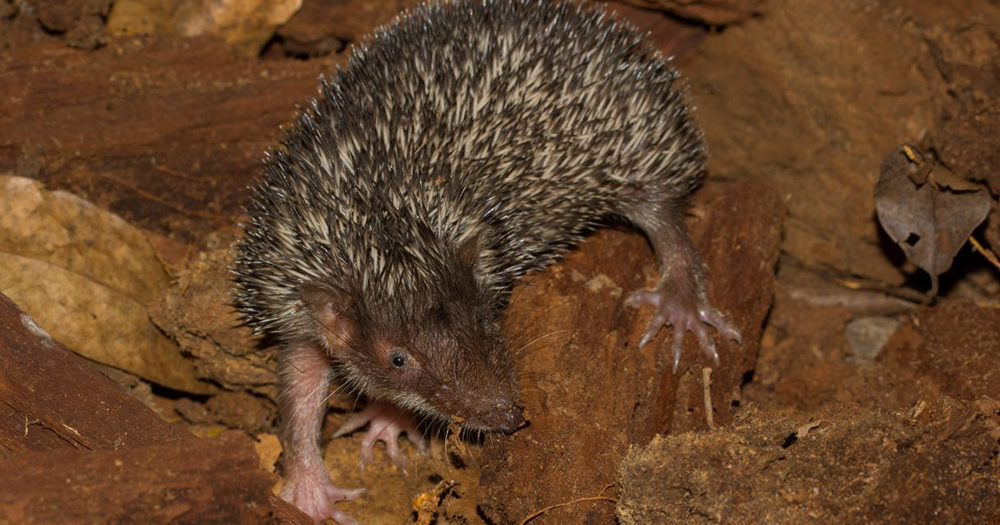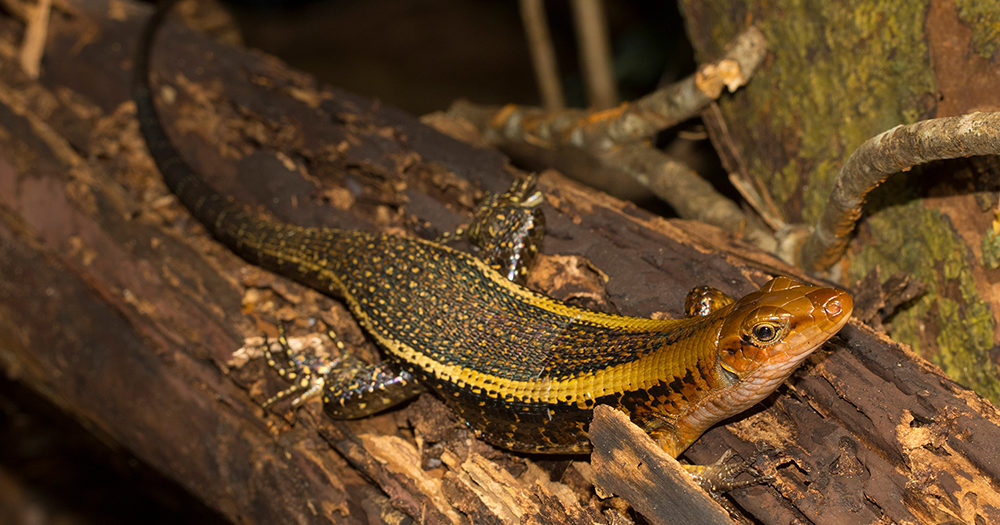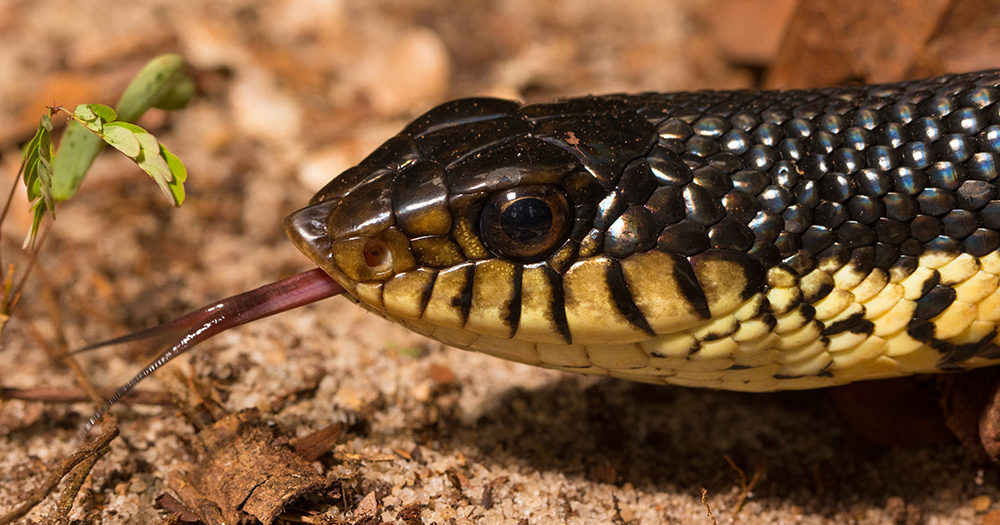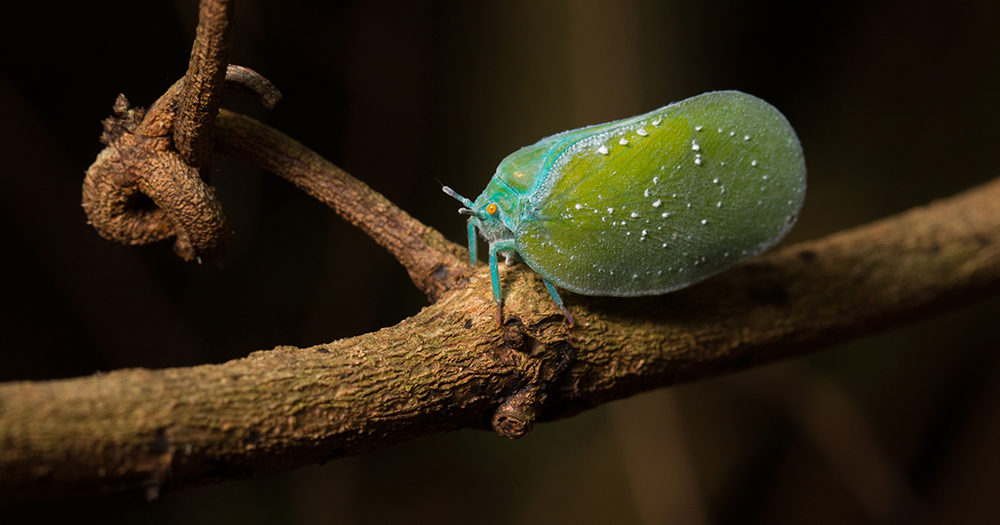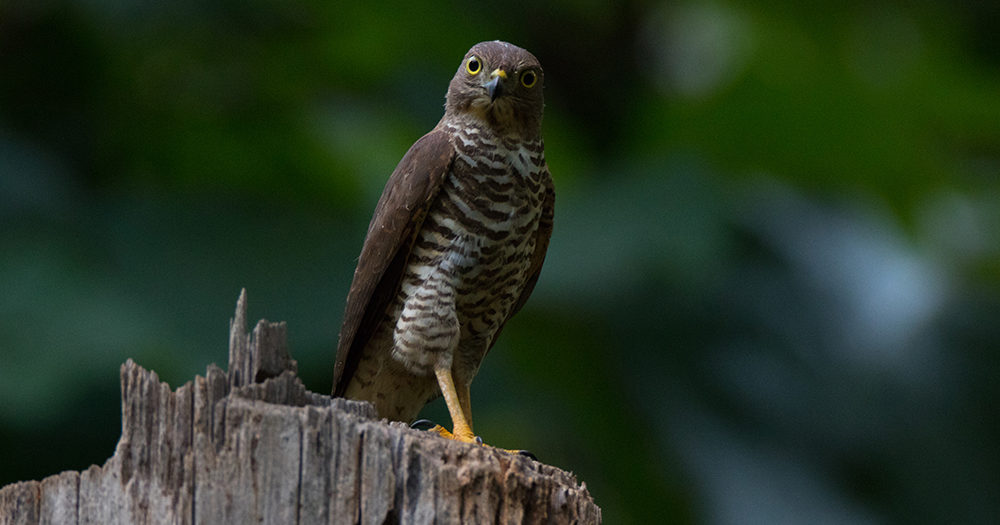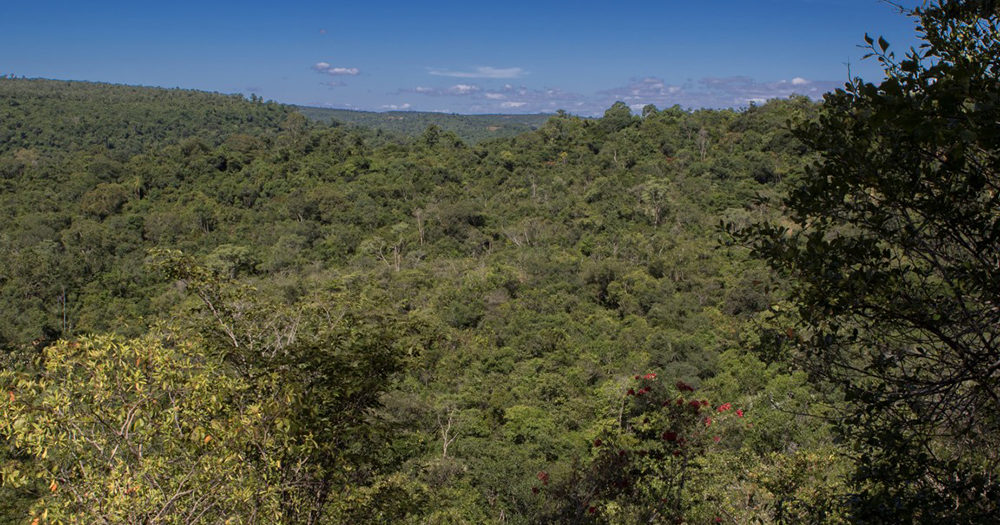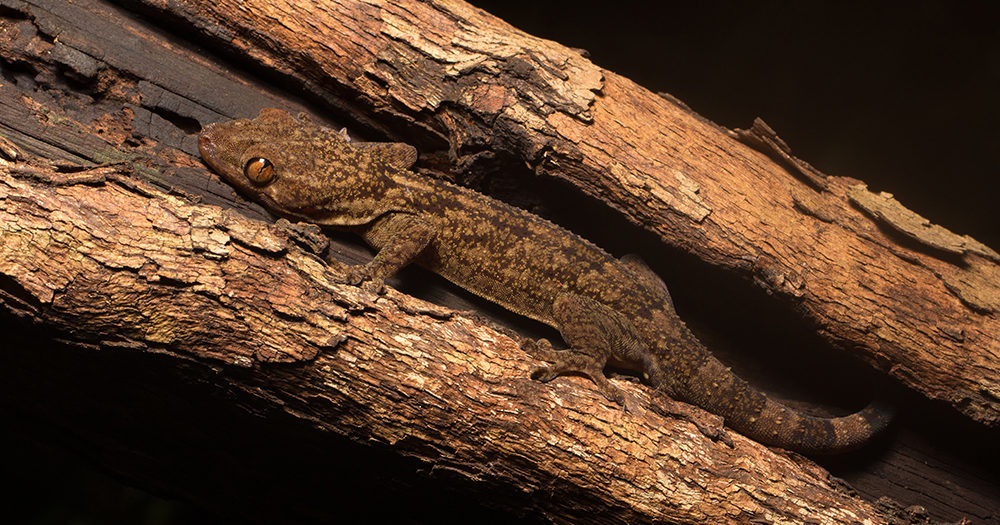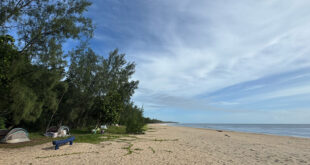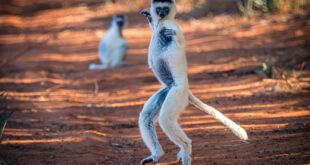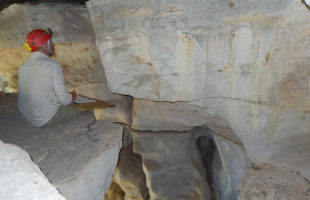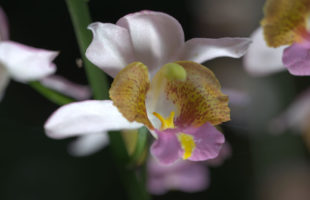Ankarafantsika:
The word itself means “spiny mountains” and alludes to the famous gorge of the park. Ankarafanstika is also called “the Kingdom of Birds“.
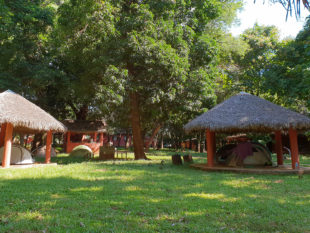
Location:
Ankarafantsika National Park is located in northwestern Madagascar in the Ambato Boeny region. It is located 420 km north of Antananarivo and 115 km west of the port city of Mahajanga. The RN4 connects both cities and leads directly through the national park. The journey from Antananarivo is possible both in the own car and with the Taxibrousse. With pure driving time, one must count on approximately 10 h, the Taxibrousse need however clearly longer. Since the latter are usually very old, completely overcrowded and the driving style is extremely adventurous, the better choice is a rental car. Another possibility is domestic flights from Tana to Mahajanga and the somewhat shorter journey (about 2 h) from there with an off-road vehicle including driver.
Information about the national park:
On about 1350 km² of dry forest, lakes, canyons, and savannahs, Ankarafantsika is home to an enormous variety of species. The protected area itself has existed since 1927 but was only officially declared a national park in 2003. Since 2017, parts of the national park are so-called Ramsar Conservation Area (No. 2289). The Convention on the Protection of Wetlands, initiated by the WWF and adopted in Ramsar in Iraq, was already adopted in 1971. Madagascar signed the treaty in 1999. Hunting is not permitted in the protected areas and the signatory parties undertake to ensure the survival of the natural fauna and flora there. Since 2023, Ankarafantsika has been a UNESCO World Heritage Site.

Various hiking trails of varying degrees of difficulty lead through Ankarafantsika. Especially recommendable is the approximately three-hour, leisurely walk around the approximately 0.6 km² large lake Ravelobe. On slightly cloudy days the more strenuous route to the Ambalabongo Canyon is a worthwhile, unique destination, not only for photographers. The whole reserve is partly financed with aid from Germany. Right next to the national park there is a small breeding station for turtles, which is dedicated, among other things, to the preservation of the species and the reintroduction into the wild of the extremely rare beak-breasted turtle (Astrochelys yniphora) – on Malagasy, it is called Angonoka. The breeding station is operated and financed by the Durrell Wildlife Conservation Trust.
Climate:
Ankarafantsika consists mainly of extensive dry forests and some savannah landscapes with a hot climate. The average day temperatures can reach 25-30°C and more during the dry season from May to October, so a hike can quickly become very strenuous for travelers. However, the fascinating nature rewards all efforts. Nevertheless, especially on the way to the canyon, one should plan for two to three liters of water per person and long clothing as sun protection.
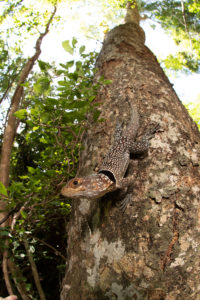
Infrastructure:
The National Park campground offers roofed camping sites, a restaurant, simple sanitary facilities (showers and toilets), and some very rustic bungalows. Directly at the campground is the Park Office, where you pay the entrance fees and get assigned a local guide. Electricity for simple light bulbs under a few roofs is available most times. In Ampijoara, the adjacent village, there are no accommodations. Ambondromamy, the closest city, is 50 km away and only has very rustic accommodations. Only 115 km away Mahajanga is the location of some hotels. Ankarafantsika serves as a water reservoir for the entire nearby rice-growing region of Marovoay on the Betsiboka River but is not very well developed for tourism. The Sakalava, who live here, live mainly from their zebus and the cultivated rice. A Taxibrousse station directly at the campground is also used to sell local products such as honey, fruit, and mango salad.
Fauna & Flora:
Flora and fauna of the national park leave nothing to be desired for nature lovers. Around 820 species of animals (130 of which alone are birds) have their home here, over 80% of which occur exclusively in this part of the world. A highlight of the park is the Madagascar sea eagle (Haliaeetus vociferoides) or Malagasy Ankoay, which prefers to be found around Lake Ravelobe. But also other birds like Hook-billed vanga, Crested silk-crested cuckoo, bee-eater, Drongos and paradise flycatcher romp around in the park. Between trees and bushes, you will find huge, enormously stable webs of the colorful silk spiders (Trichonephila madagascariensis).
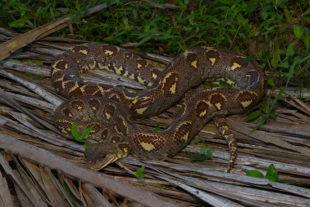
Lake Ravelobe is also famous for its Nile crocodiles (Crocodylus niloticus madagascariensis), which reproduce very well here and are not disturbed by anyone, as they are considered sacred by the locals. mouse lemurs, skinks, geckos like Blaesodactylus ambonihazo and chameleons like the pretty Furcifer rhinoceratus and the earth chameleon Brookesia decaryi are other inhabitants of Ankarafantsika. The big, green Kochs day geckos (Phelsuma kochi) are omnipresent. If you look more closely you can even discover the rare leaf-tailed gecko Uroplatus guentheri. Curious Coquerel-Sifakas (Propithecus coquereli) come almost daily to the campground where they can be observed very well. Ankarafantsika is also home to the also endangered Mongozmaki (Eulemur mongoz). But also plant lovers get their money’s worth in Ankarafantsika, be it with spiny crocodile trees or the last two Baobabs of their species near the lake.
 MADAMAGAZINE Your Magazine about Madagascar
MADAMAGAZINE Your Magazine about Madagascar
